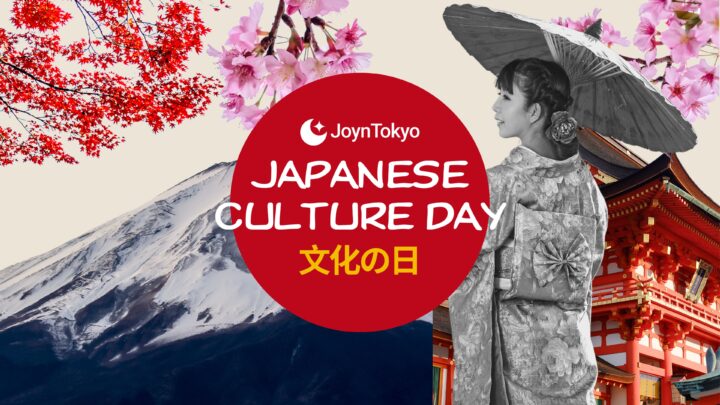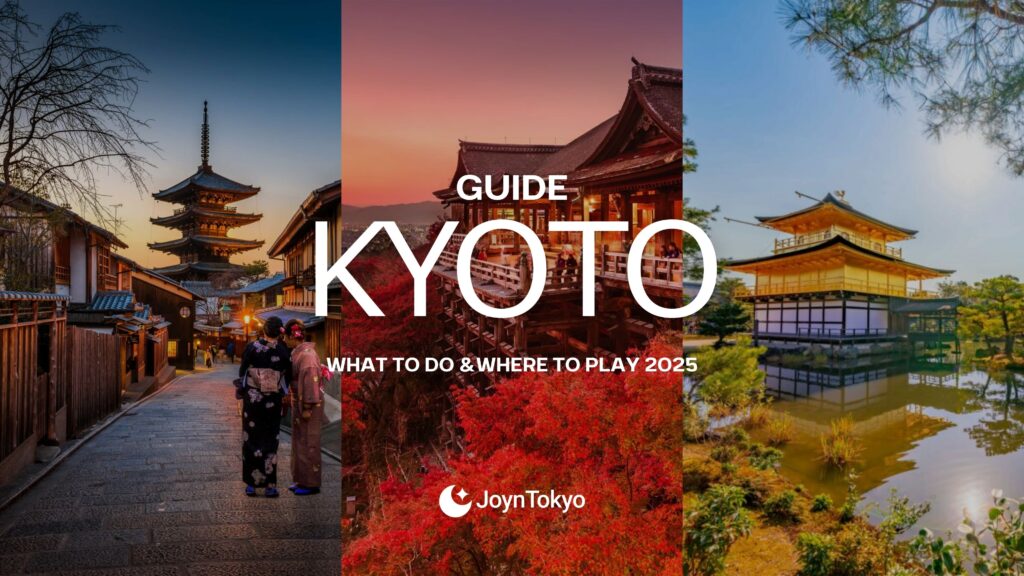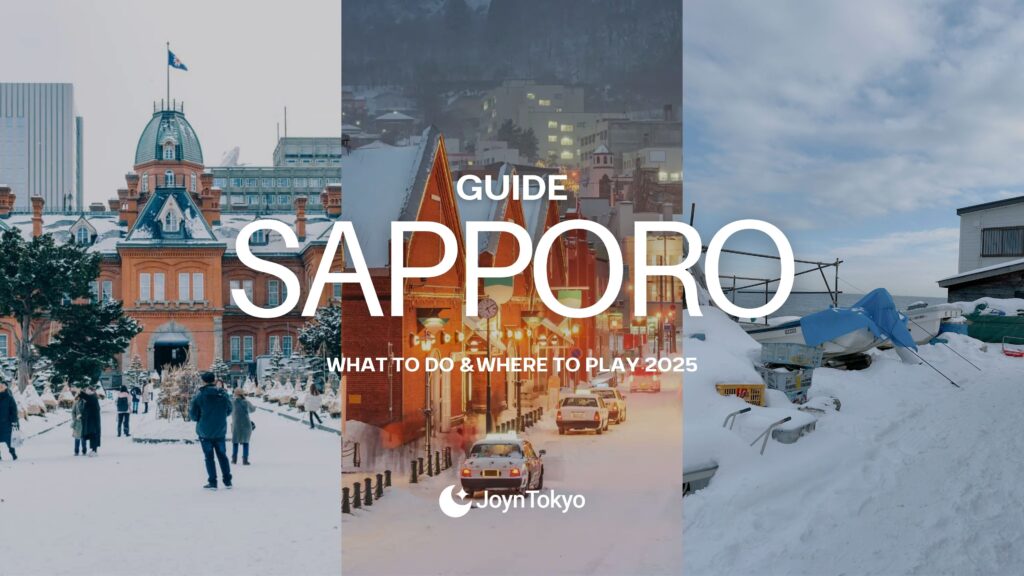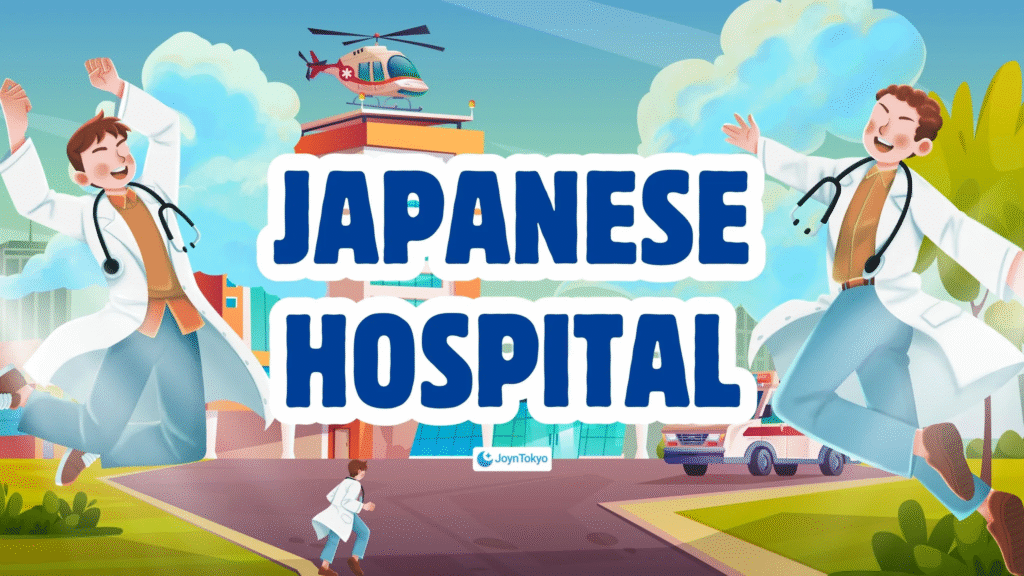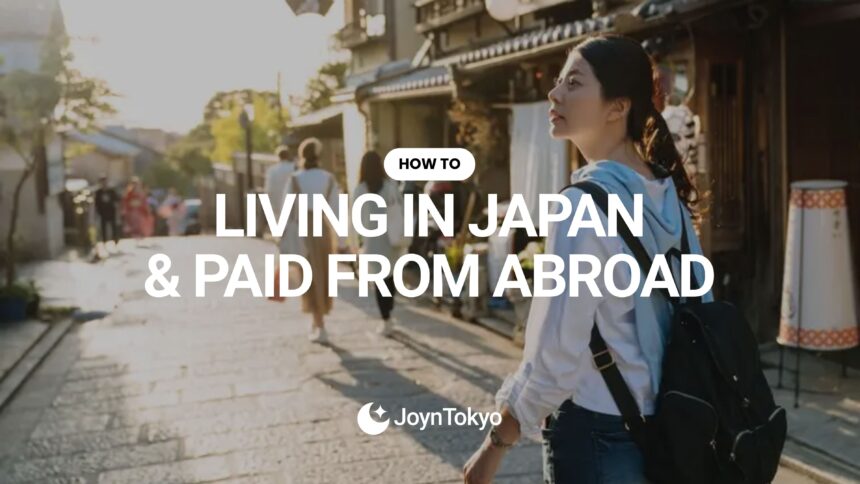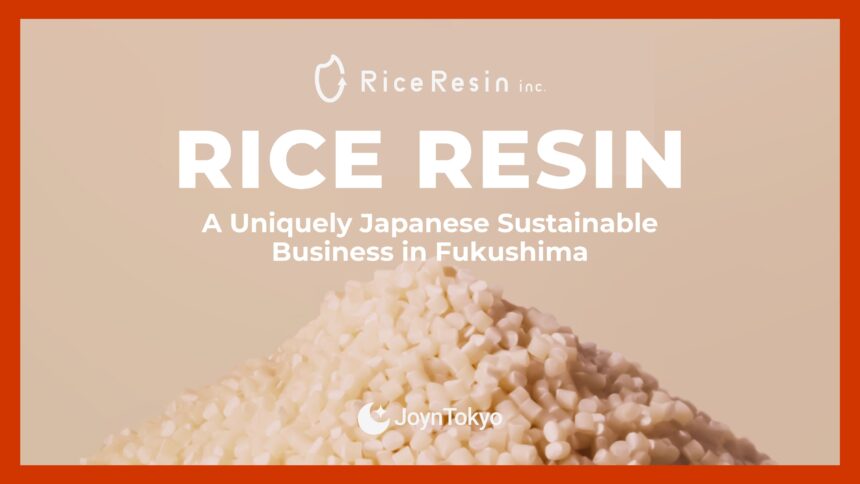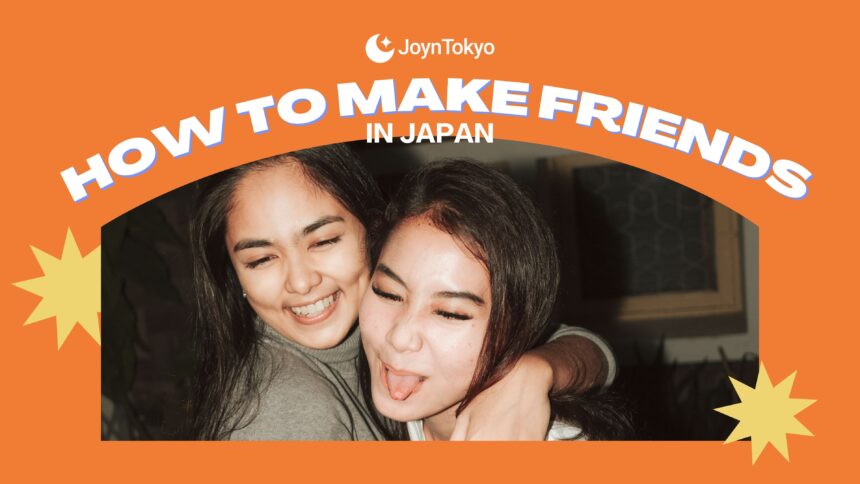Why does Japan dedicate an entire national holiday to celebrating culture and peace? Every year on November 3rd, Culture Day (Bunka no Hi/文化の日) invites people across Japan to reflect on the value of art, education, and democracy. For foreigners living in Japan, it is a unique chance to experience both traditional and modern aspects of Japanese society in a single day. This guide will walk you through the history, meaning, and celebrations of Culture Day in 2025, with tips on how to make the most of it.
The Meaning and History of Culture Day in Japan
Like all national holidays in Japan, Culture Day carries deep historical and symbolic weight, linking Japan’s imperial past, postwar rebirth, and ongoing commitment to peace.
Origins of Culture Day in Japan
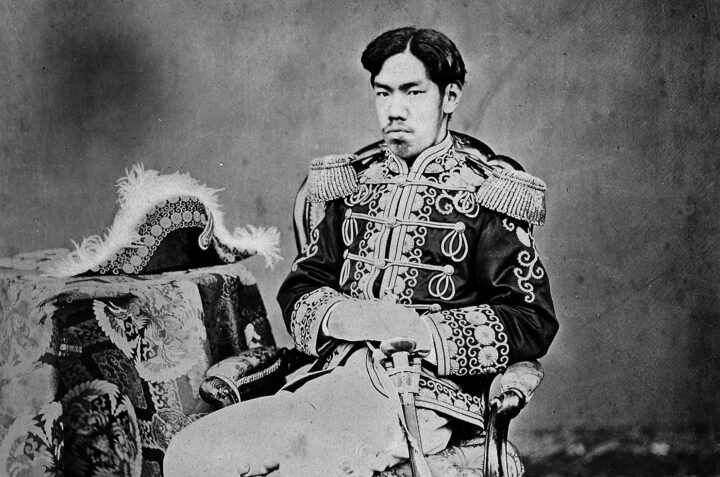
November 3rd was originally the birthday of Emperor Meiji (1852–1912), a leader associated with modernization and cultural growth. After World War II, in 1948, the Japanese government repurposed the date as Culture Day to highlight creativity, education, and peaceful nation-building.
Connection to the Constitution of Japan
The Japanese Constitution was formally adopted on November 3rd, 1946. Its emphasis on democracy, freedom, and human rights still resonates today, making Culture Day a reminder of Japan’s transformation from militarism toward peace and cultural exchange.
How Culture Day in Japan Is Celebrated
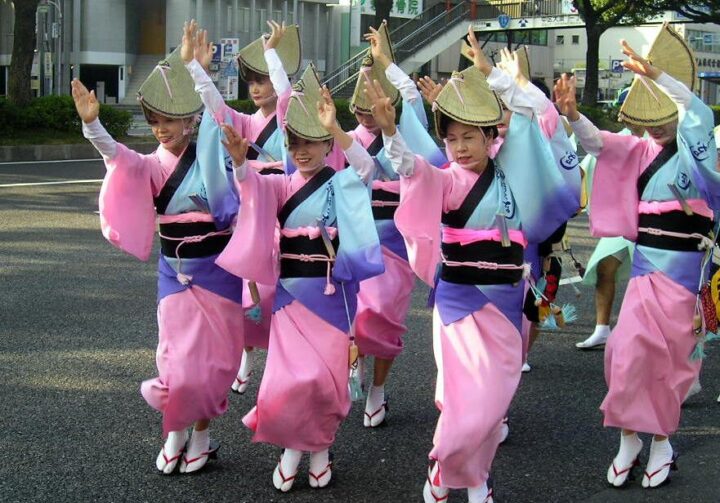
Across Japan, November 3rd is filled with activities that showcase Japanese culture in its many forms. From prestigious award ceremonies to lively community events, it is one of the most engaging public holidays for residents and visitors alike.
Art Exhibitions and Museum Open Days
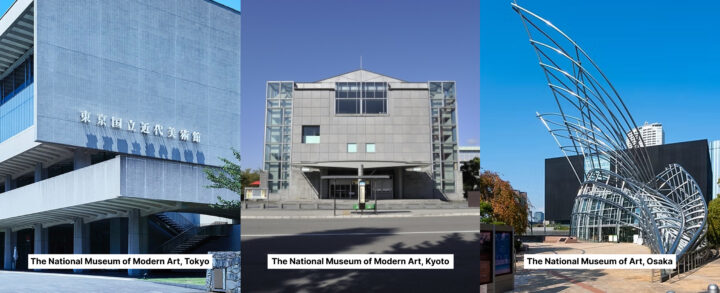
Major museums in Tokyo, Osaka, and Kyoto typically offer free admission or special programs. Institutions like the Tokyo National Museum and the National Museum of Modern Art often highlight Japanese painting, sculpture, and crafts, making them ideal destinations for art lovers.
School and Community Events
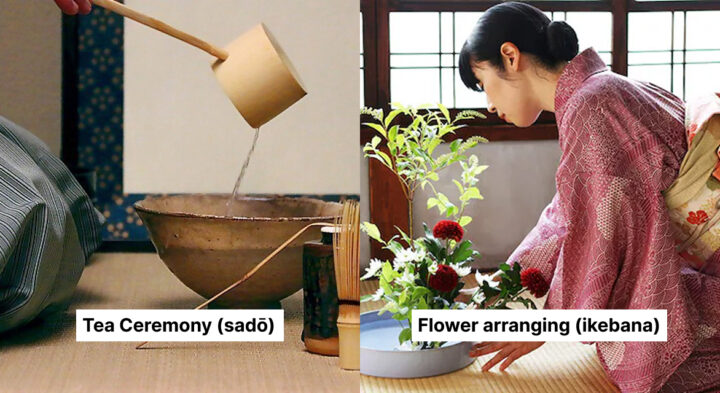
Local schools and community centers organize performances, exhibitions, and workshops. Expect to see calligraphy, student theater, music recitals, and traditional arts such as tea ceremony (sadō) or flower arranging (ikebana). These events offer a grassroots view of Japanese culture.
Awarding of Cultural Medals
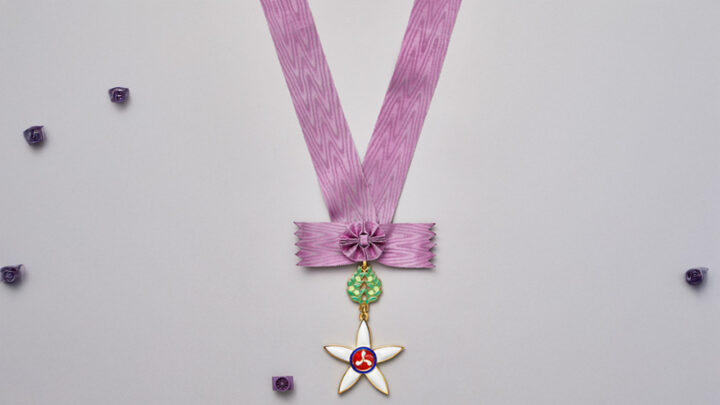
Each year, the Emperor presents the Order of Culture (文化勲章/Bunka Kunsho) to individuals who have made outstanding contributions to arts and scholarship. While the ceremony is closed to the public, it is widely broadcast on TV and reflects Japan’s deep respect for intellectual and cultural achievement.
Things to Do on Culture Day in Japan 2025
Whether you live in Tokyo or a small regional town, Bunka no Hi provides plenty of opportunities to experience culture first-hand. In major cities, world-class museums and large-scale events highlight Japan’s artistic achievements and modern creativity. Meanwhile, in smaller towns, community-driven parades, local performances, and traditional workshops offer a more intimate and authentic way to connect with Japanese culture.
Visit Tokyo’s Ueno Park
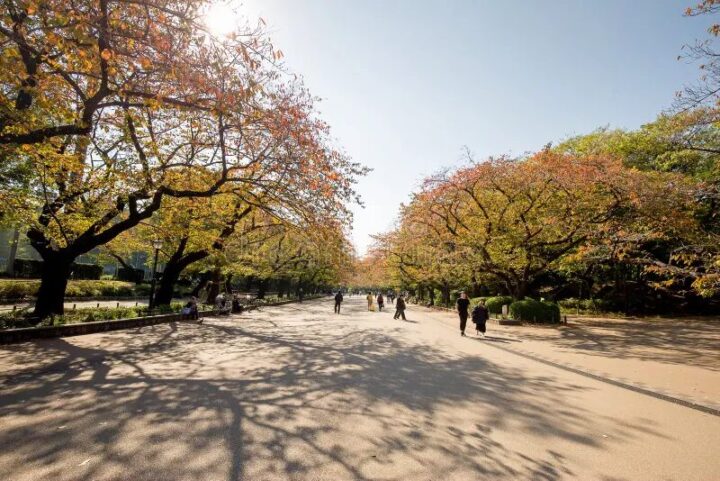
Ueno Park is the cultural heart of Tokyo, home to some of Japan’s most famous museums and galleries. On Culture Day, these institutions often open their doors for free or host special exhibitions, making it an excellent chance to explore Japanese art and history. The park itself also becomes lively with workshops, performances, and food stalls, creating a festive atmosphere that attracts both locals and tourists. Arriving early is recommended, as the area can become very crowded by midday.
Read More
Explore Kyoto’s Traditional Side
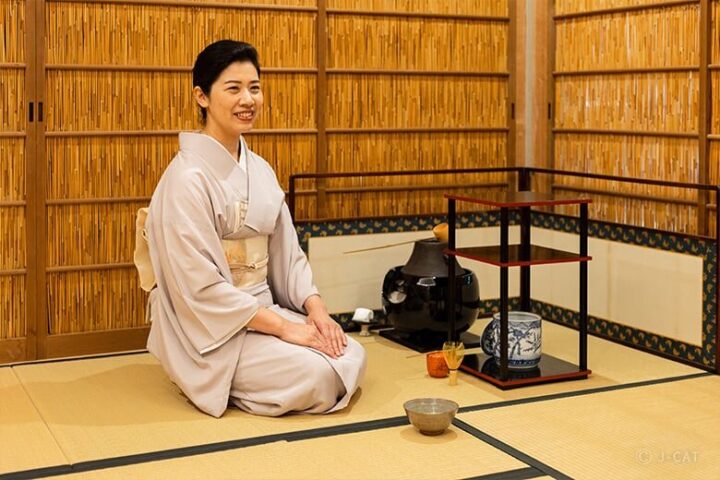
Kyoto, with its rich history as Japan’s former capital, provides a perfect backdrop for Culture Day celebrations. Temples and cultural centers often host demonstrations of Noh theater, tea ceremonies, or calligraphy, allowing visitors to see traditions that have been preserved for centuries. These events provide a quieter, more reflective experience compared to the bustling museums of Tokyo, and they highlight the spiritual side of Japanese culture. For those interested in heritage and ritual, Kyoto offers a deeper connection to Japan’s cultural roots.
Read More
Join Local Festivals and Parades
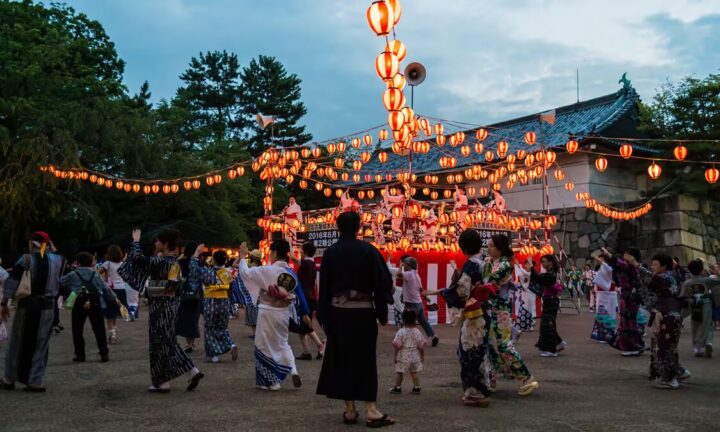
Outside of the major cities, smaller towns and communities also embrace Bunka no Hi with their own parades and festivals. These events may feature school performances, traditional dances, or music concerts, creating a warm and welcoming environment. Unlike the large-scale celebrations in Tokyo or Kyoto, local matsuri are more intimate and allow residents and foreign visitors to interact directly. Joining these gatherings offers an authentic glimpse into how culture is celebrated at the community level, often accompanied by regional foods and crafts.
Practical Information for Foreign Residents on Culture Day
Since Bunka no Hi is a Japanese national holiday, government offices and schools will be closed. Many trains, shops, and restaurants are still open, though for public transport services may be more limited, and while chains will remain open, family-run eateries may close entirely.
Tips for Enjoying Culture Day in Japan
- Arrive early at popular museums to avoid long queues.
- Check your local city website for event listings: many municipalities publish information in English.
- Prepare for the weather: early November is cool and crisp, averaging 12–18°C in major cities.
- Consider smaller events if you prefer a less crowded experience. Regional parades and fairs often provide a more personal atmosphere.
Embracing Japanese Culture Through Bunka no Hi
For foreigners in Japan, Culture Day is more than a public holiday: it is a chance to understand the values that shaped modern Japan. Whether you visit a world-class museum in Tokyo, enjoy a traditional performance in Kyoto, or take part in a local parade, Bunka no Hi 2025 will deepen your appreciation for the role of art, peace, and education in Japanese life.

